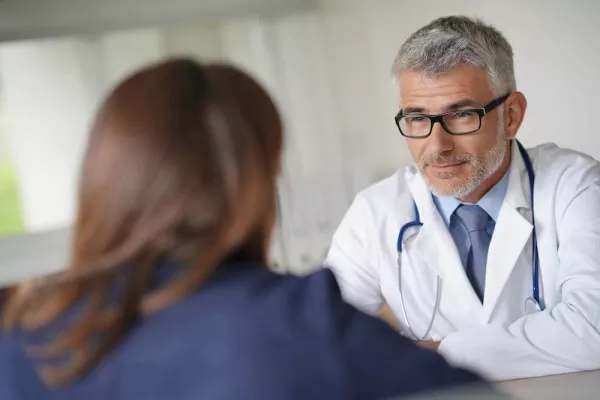Complex Regional Pain Syndrome: Signs and Treatments

Complex regional pain syndrome (CRPS) is an umbrella term that describes damage to or malfunction of the central and peripheral nervous systems, one that generates prolonged pain and inflammation of a limb (hands, arms, legs or feet), usually after an injury.
People with CRPS may experience spontaneous pain or pain that’s excessive for the stimulus.
At Pinnacle Pain and Spine, board-certified interventional pain specialist Dr. Matthew Crooks and his team understand how debilitating it can be to live with chronic pain, including pain caused by complex regional pain syndrome.
Because this relatively rare condition isn’t well known, our Pinnacle team has put together this guide to get you up to speed.
The types and causes of CRPS
Most cases of CRPS are the result of excessive firing of the small, peripheral nerve fibers, which carry pain messages to the brain.
This action triggers inflammation meant to help promote healing and rest after an injury, but it also overwhelms the brain with pain signals, leading to heightened sensitivity. Sometimes the original nerve injury is obvious, but other times you need a specialist to locate and treat it.
Historically, people were diagnosed as CRPS-I any time there was a question about the exact nerve injured. Once the nerve was identified, they became CRPS-II (causalgia).
Many people labeled with CRPS-II sustain injuries that also damage motor nerves, causing weakness and muscle shrinkage in certain areas. That makes it easier to identify the nerve responsible for the pain.
Motor nerves oversee the movement of muscles under conscious control, such as those used for talking, walking, and grasping things.
Both types of CRPS are the result of nerve injury and have identical symptoms, although those in CPRS-I are often more subtle and can be overlooked.
Who is affected by complex regional pain syndrome?
CRPS can develop at any age, but it’s rare in children and teens due to their quick healing abilities, and it’s less likely to develop in the elderly, who have a smaller inflammatory response to injury.
In adults, the age of onset ranges from 37-70, and it mostly affects those of European ancestry (about 66-80% of cases), with women three to four times more likely to get it than men. It’s unclear, though, why some people develop the condition while others with the same injury don’t.
What are the signs of complex regional pain syndrome?
Not every person has all of these symptoms, and the number of symptoms usually goes down during recovery. The symptoms may include:
- Spontaneous pain, either constant or changes with activity
- Heightened or prolonged pain after use or contact
- Changes in skin temperature and/or color, or swelling of the limb
- Changes in skin texture
- Abnormal sweating and nail and hair growth
- Stiffness in affected joints
- Wasting away or excess bone growth
What treatments help complex regional pain syndrome?
There are a number of treatments available, most providing a measure of relief while the body heals itself. These include:
- Physical therapy
- Psychotherapy
- Medications, such as acetaminophen, NSAIDs, neuropathic pain meds, topical local anesthetics, bisphosphonates, corticosteroids, Botox® injections, and opioids
- Spinal cord stimulation or other types of neural stimulation
- Sympathetic nerve block
- Alternative/holistic therapies, such as acupuncture, biofeedback, progressive muscle relaxation, guided motion therapy, and chiropractic treatment
If you’ve suffered an injury and feel the pain you experience is disproportionate to the injury itself, you may have complex regional pain syndrome. To find out more and to schedule a consultation, give us a call or request an appointment online today.
We have convenient locations in Scottsdale, Chandler, and Fountain Hills, Arizona.